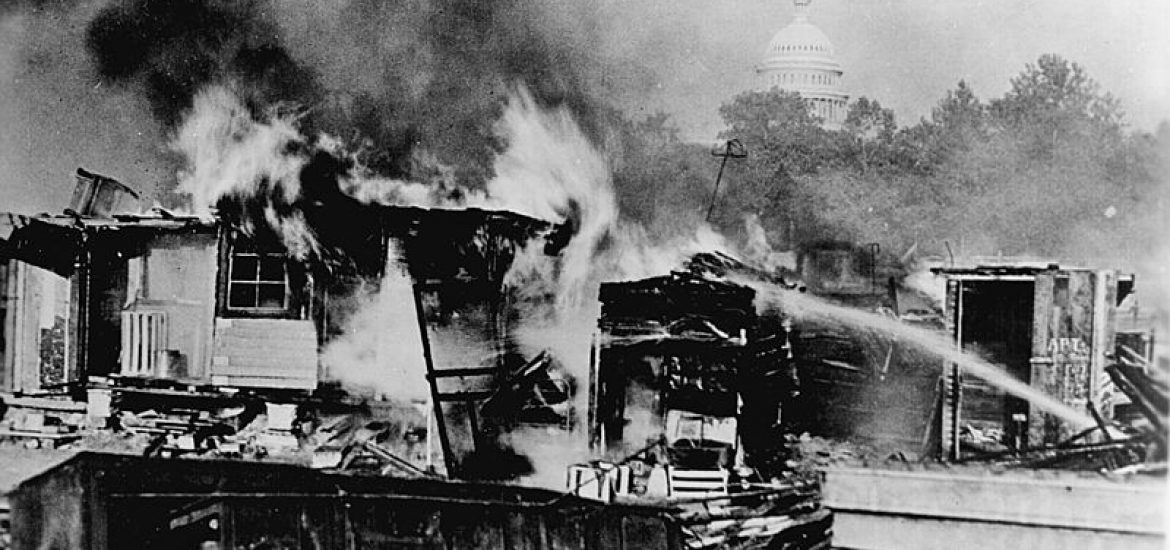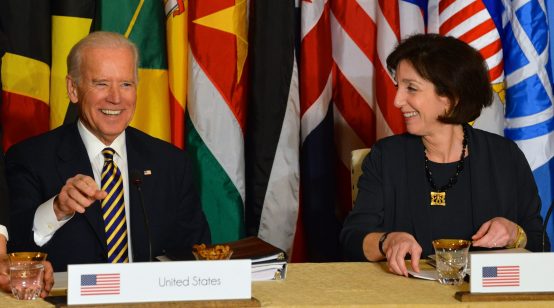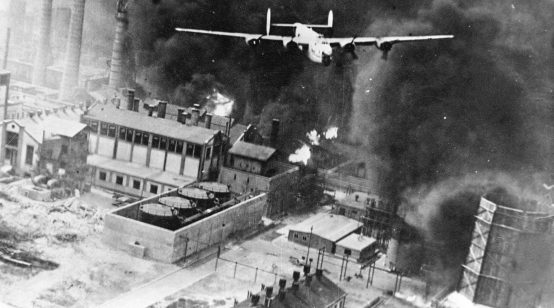
In 1929, U.S. stock markets crashed, scything personal fortunes and birthing the most devastating global economic depression since the 1870s-1880s. The Great Depression hit oil demand hard. Oil prices collapsed along with the share prices of oil company stocks. It remains the only historical period of comparable oil-demand decimation to what the industry is experiencing today at the hand of the novel coronavirus. Does it carry any lessons for oil’s future after COVID-19?
To be sure, today’s economic crisis differs from the 1930s in obvious, important ways. During the Great Depression, people still moved, electrified their homes, and ran machines with oil. Today, we depend on oil as a transportation fuel, source of power generation in some countries, and raw material input for products, not least plastics. Back then, oil was also an ascending energy source—breaking into new markets and expanding its share in existing ones. Today, other fossil fuels and clean energies are slowly supplanting oil. Lastly, the United States dominated global production then, although the Soviet Union was ascending. Today, the country accounts for roughly 10% of production. As with all historical analogies, divergences outnumber similarities.
Yet the Great Depression provides clues about how producers will move forward to address wide scale, lengthy demand decimation. To arrest oil’s slide in the 1930s, the Texas Railroad Commission (TRC) and the major international oil companies (majors) reached agreements to regulate prices and restrict production. These helped demand rebound to 1929 levels by 1933. Small producers disappeared then and are expected to go bankrupt today, too. The million-dollar question we’re facing now is whether the major global producers, both public and private, can reach similar agreements to absorb short-term losses and keep the spigots open.
The Texas two-step
By the mid 1920s, large new oil supplies were coming online from Venezuela, the Soviet Union, and the United States. The surge in production in first Oklahoma in 1926-1927 and then in Texas from 1927, prompted regulatory bodies in both states to institute and enforce—with guns, horses, and troops—production quotas at oil fields. Though the federal government deemed the quotas illegal in 1931, the discovery and development of the Black Giant field in East Texas made it impossible to ignore the dynamics of supply and demand. Texas production swelled, and the Great Depression wrecked demand.
In this context, the TRC became the most logical arbiter of the market. To reinstitute the quotas and stabilize the market, President Roosevelt signed the National Industrial Recovery Act in 1933. Congress then left regulation to the states, most prominently the TRC, in 1935. Robert McNally writes in Crude Volatility, “the tumultuous 1931-1935 period gave way to an oil market utterly transformed, from barely restrained private sector drilling to heavily regulated production” (83).
The second step was to restrict global production. The Standard Oil Company of New Jersey (Exxon), the Anglo-Persian Oil Company (BP), and Royal Dutch/Shell privately agreed in 1929 to curb production growth, pool resources on transportation and distribution, and abstain from price wars. Four other majors joined the so-called As-Is Agreement in 1932, which succeeded, partly, because of the TRC, according to McNally: “By linking their sales to Texas-plus prices, cartel members would have even less reason to cheat by undercutting prices and starting a price war because they were guaranteed to receive top prices under the basing price system, courtesy of U.S. oil state regulators. Moreover, world crude prices based on high U.S. ones would dissuade independent competing refiners from entering the market” (92).
Is a four-year recovery exemplary?
These extraordinary tactics—quotas in the United States and attendant informal coordination among the majors internationally—worked, to some extent. We don’t have figures for global oil consumption in the 1930s, but the production figures of Exxon and BP are illustrative.
Total Oil Production, Standard Oil Company of New Jersey (Exxon) and British Petroleum, 1929-1935

Sources: H. Larson et al. (1971), R.W. Ferrier (1982), and J.H. Bamberg (1994).
As important as regulation was, oil also owes its return to being an ascending energy source in the 1930s. Oil had a 13.2% share of global energy consumption in 1929. This share rose every year thereafter, except in 1942, before peaking at 47.4% in 1973.
Daniel Yergin sums up producers’ confidence about oil’s return at the time in The Prize: “Two working assumptions were central to the system. One was that the demand for oil would not be particularly responsive to price movements. Demand could be taken as a given, and at least in the Depression, many found that a reasonable thing to think. The second was that each state had its ‘natural’ share of the market. If those shares changed dramatically, the overall system could be threatened” (242).
Yergin’s reference to each state having its “natural” share and that share remaining relatively unchanged speaks to the dominance of the United States over the oil market. Its regulation, therefore, was effective. As new supplies entered the market in the 1950s, it turned to quotas on imports of foreign oil from 1959-1971 to protect domestic producers. After U.S. production peaked in 1972, it ceded control of the oil market to national governments. OPEC countries assumed ownership of their oil assets and collectively dominated production.
Paging global leadership
As the Great Depression commenced in 1930, Saudi Arabia was feeling the pinch. Pilgrims were not visiting Mecca, and the Kingdom’s finances were in trouble. King Ibn Saud initiated talks with U.S. companies to explore and develop his country’s oil reserves, granting the Standard Oil Company of California a concession in 1933.
Today’s economic downturn could well breathe new life into the U.S.-Saudi oil alliance based on commercial coordination and including U.S. domestic regulation. So far, this is not happening. The Trump Administration and Senate Republicans have also pressed the Saudis to halt their plans to increase production to no avail. U.S. The two largest oil lobbies are also rejecting such measures as quotas or limits on foreign oil. President Trump moved markets on April 2 by tweeting that Russia, Saudi Arabia, and the United States were working on an agreement.
History cannot predict the future, but it can prepare us for it. Market regulation nursed oil back to health during the Great Depression. Today, this means international regulation between the United States, Russia, Saudi Arabia, other major national producers, and private industry. The big three did collaborate in 2018 to soften language relating to the UN’s landmark Intergovernmental Panel on Climate Change (IPCC) landmark report. But this was a far cry from what is required now.
Oil’s task ahead—forging global public-private regulation and coordination—is akin to what is required to address climate change. We’ll just have to see which movement succeeds, and whether this is the moment when the tables turn.
Photo: Bonus Army Eviction, Washington, DC, 1932; credit: Wikimedia.





